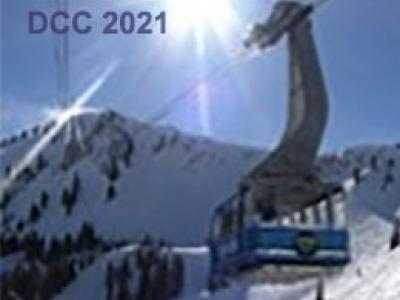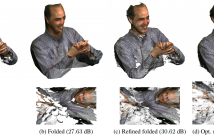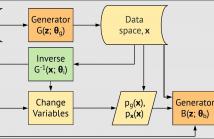
- Read more about On Random Editing in LZ-End
- 1 comment
- Log in to post comments
LZ-End is a variant of the LZ77 compression algorithm which allows random access to the compressed data. In this paper, we show how the random-access capability of LZ-End allows random edits to the compressed data, which is the first algorithm to randomly edit strings compressed by a Lempel-Ziv algorithm.
- Categories:
 75 Views
75 Views
- Read more about On Universal Codes for Integers: Wallace Tree, Elias Omega and Beyond
- 2 comments
- Log in to post comments
- Categories:
 83 Views
83 Views
- Read more about Activity Normalization for Activity Detection in Surveillance Videos
- Log in to post comments
- Categories:
 20 Views
20 Views
- Read more about Complexity Analysis of VVC Intra Prediction
- 1 comment
- Log in to post comments
- Categories:
 25 Views
25 Views
Existing techniques to compress point cloud attributes leverage either geometric or video-based compression tools. We explore a radically different approach inspired by recent advances in point cloud representation learning. Point clouds can be interpreted as 2D manifolds in 3D space. Specifically, we fold a 2D grid onto a point cloud and we map attributes from the point cloud onto the folded 2D grid using a novel optimized mapping method. This mapping results in an image, which opens a way to apply existing image processing techniques on point cloud attributes.
- Categories:
 49 Views
49 Views
- Read more about Real-time semantic background subtraction
- Log in to post comments
Semantic background subtraction (SBS) has been shown to improve the performance of most background subtraction algorithms by combining them with semantic information, derived from a semantic segmentation network. However, SBS requires high-quality semantic segmentation masks for all frames, which are slow to compute. In addition, most state-of-the-art background subtraction algorithms are not real-time, which makes them unsuitable for real-world applications.
1545.pdf
- Categories:
 66 Views
66 Views
- Read more about Boundary of Distribution Support Generator (BDSG): Sample Generation on the Boundary
- Log in to post comments
- Categories:
 112 Views
112 ViewsHyperspectral (HS) imaging retrieves information from data obtained across a wide spectral range of spectral channels. The object to reconstruct is a 3D cube, where two coordinates are spatial and the third one is spectral. We assume that this cube is complex-valued, i.e. characterized spatially frequency varying amplitude and phase. The observations are squared magnitudes measured as intensities summarized over the spectrum. The HS phase retrieval problem is formulated as a reconstruction of the HS complex-valued object cube from Gaussian noisy intensity observations.
- Categories:
 47 Views
47 Views
- Read more about Collaborative Learning of Semi-Supervised Clustering and Classification for Labeling Uncurated Data
- 1 comment
- Log in to post comments
Domain-specific image collections present potential value in various areas of science and business but are often not curated nor have any way to readily extract relevant content. To employ contemporary supervised image analysis methods on such image data, they must first be cleaned and organized, and then manually labeled for the nomenclature employed in the specific domain, which is a time consuming and expensive endeavor.
To address this issue, we designed and implemented the Plud system.
- Categories:
 28 Views
28 Views